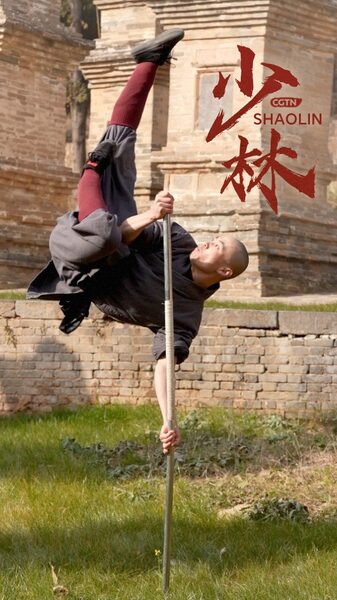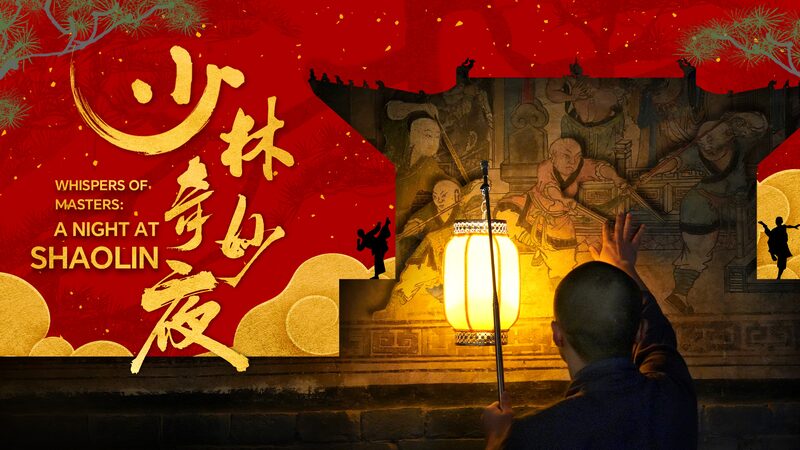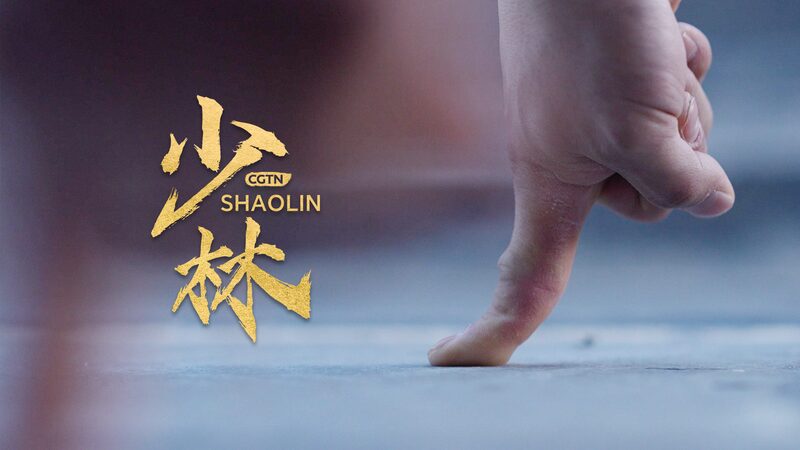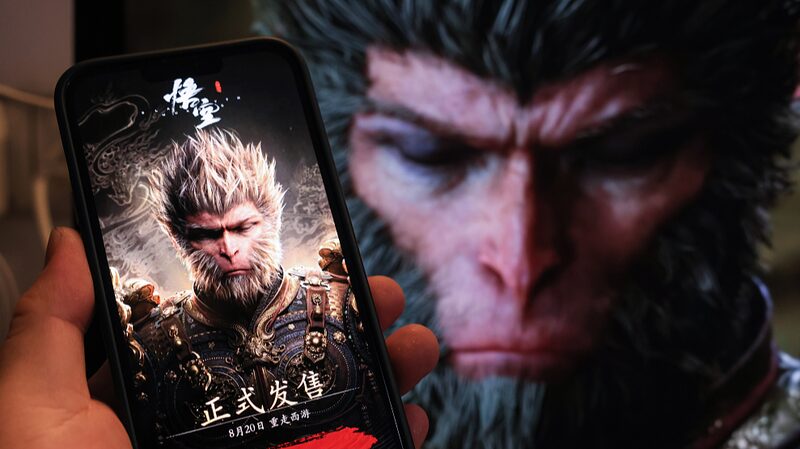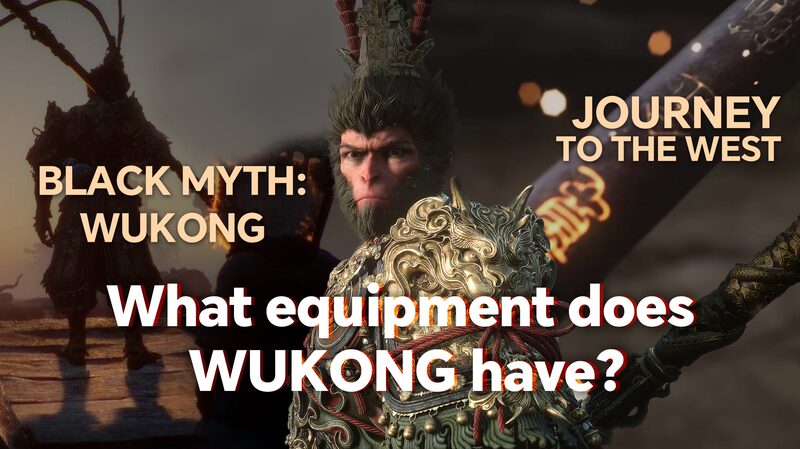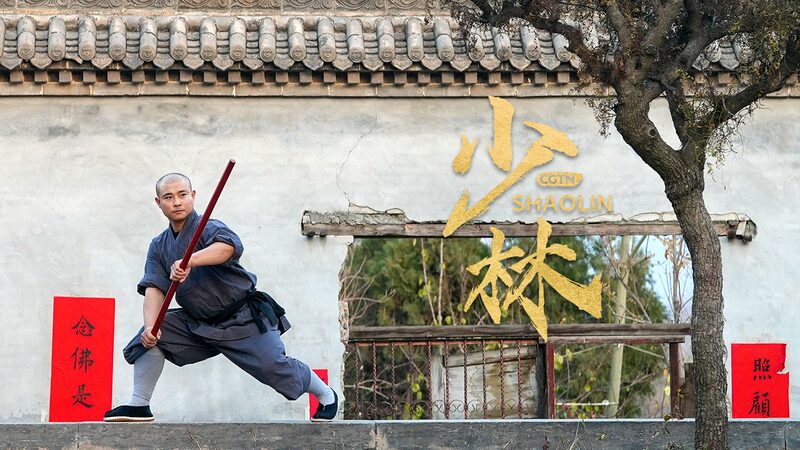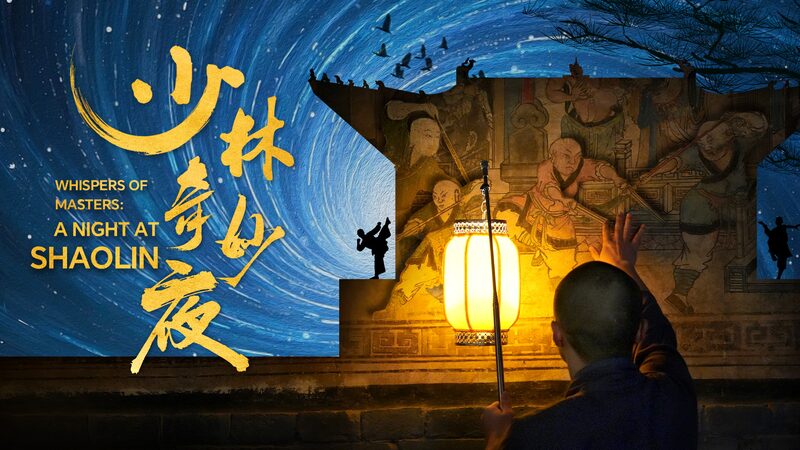The ancient martial arts of China hold countless secrets and legendary techniques, but few are as enchanting as the Shaolin Monkey Stick. Rooted in mythology and inspired by the legendary Monkey King Sun Wukong, this dynamic form brings the whimsy and prowess of its namesake to life.
Sun Wukong, also known as the Monkey King, is a central figure in the classic Chinese novel “Journey to the West.” Wielding his magical Ruyi Golden Hoop Stick, Sun Wukong embodies agility, strength, and mischievous intelligence. The Shaolin Monkey Stick martial art draws deeply from this character, mimicking the Monkey King’s movements and fighting style.
Practitioners of the Shaolin Monkey Stick artfully emulate the behavior of monkeys, combining acrobatic jumps, swift spins, and unpredictable strikes. This technique merges these playful yet deceptive motions with traditional Shaolin staff fighting methods, creating a complex and captivating martial art.
Mastering the Shaolin Monkey Stick requires not only physical dexterity but also an understanding of the monkey’s spirit—its cunning, curiosity, and adaptability. Martial artists train rigorously to perfect the fluid transitions and precise timing that define this style, making it both a challenging discipline and a mesmerizing performance.
Beyond its combat applications, the Shaolin Monkey Stick holds cultural significance. It serves as a living homage to traditional Chinese folklore and the rich heritage of Shaolin Kung Fu. By preserving and practicing this art form, martial artists continue to celebrate and pass down ancient stories and values.
The Shaolin Monkey Stick is more than a martial art; it’s a vibrant link between mythology and modern practice. Its enduring appeal lies in its blend of storytelling, athleticism, and cultural resonance, offering practitioners and spectators alike a glimpse into the enduring legacy of the Monkey King and the timeless allure of Shaolin martial arts.
Reference(s):
cgtn.com
